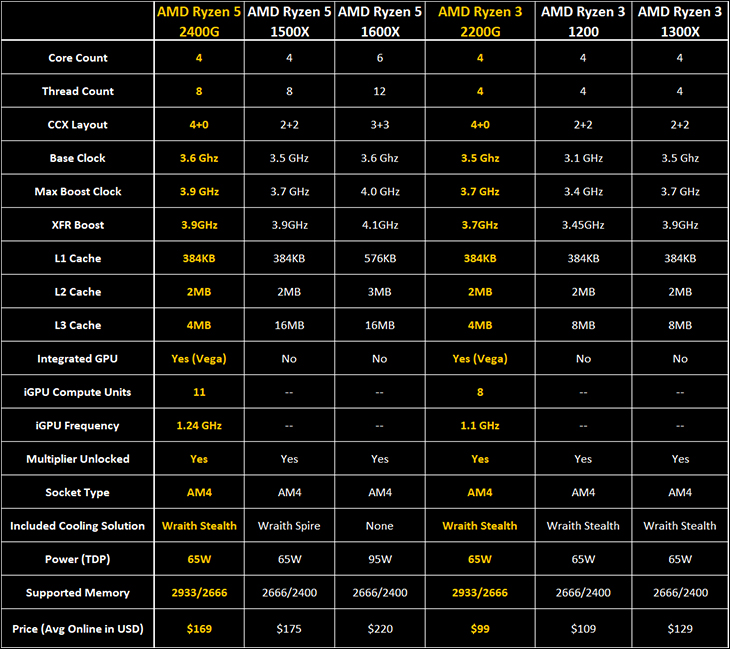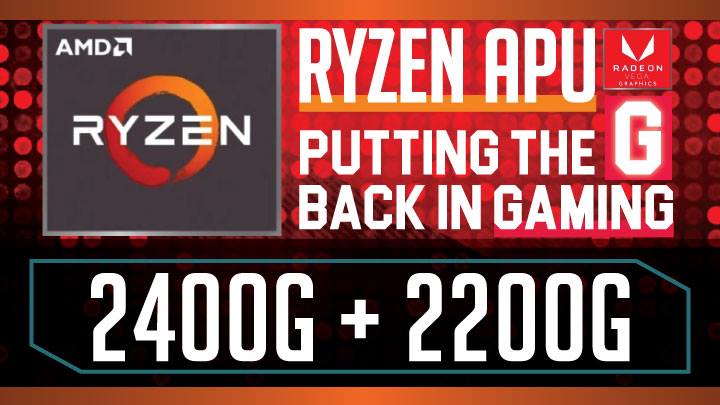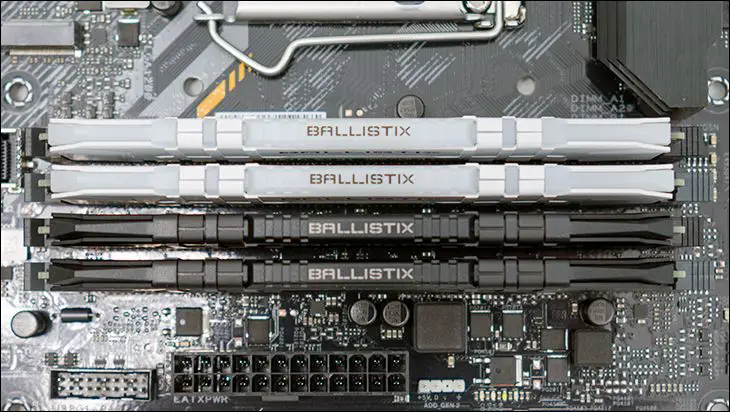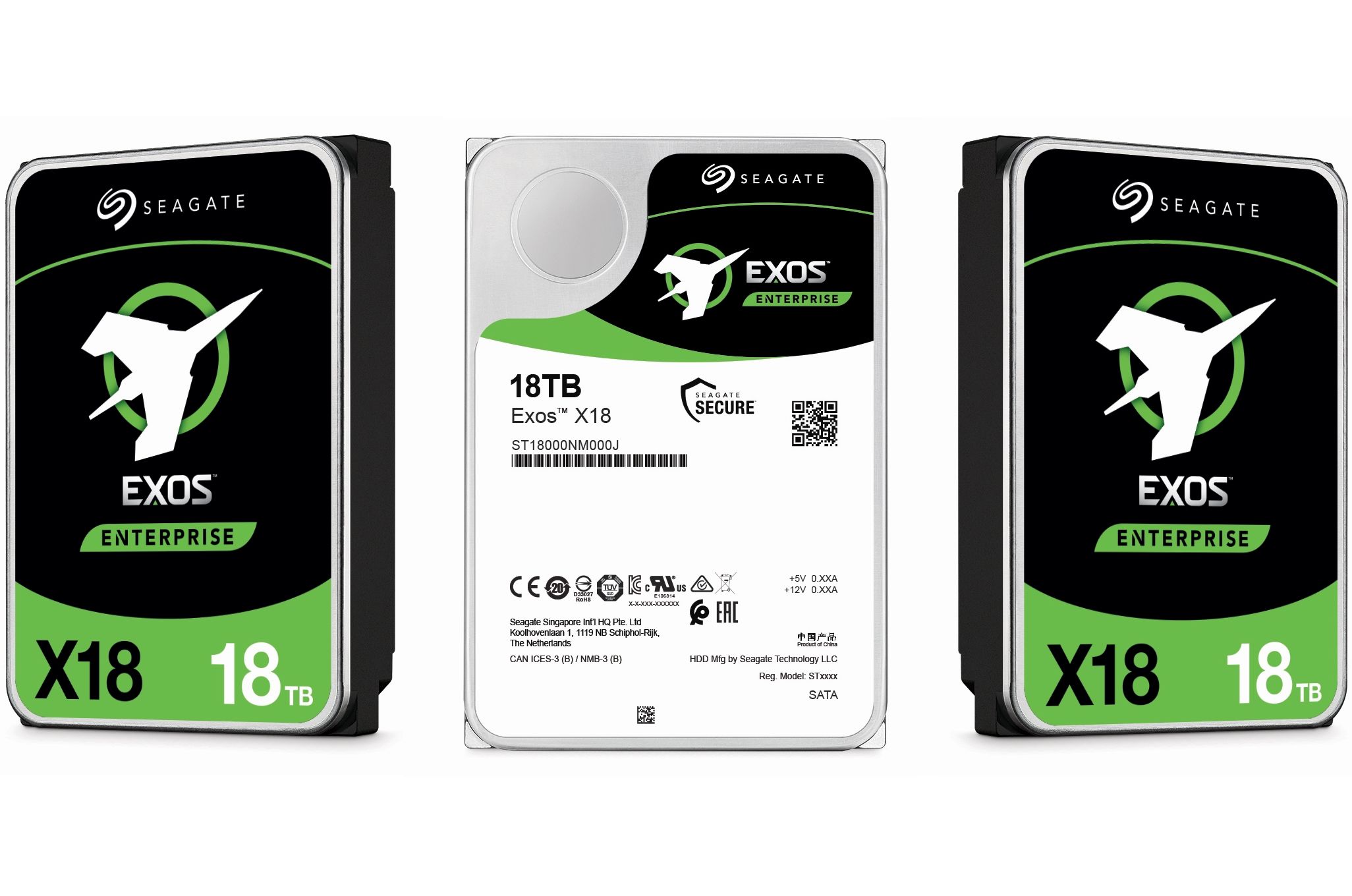AMD certainly had great last year – maybe even their best in a decade. First they captured the hearts and minds of the mainstream buying public with their eight-core / sixteen thread Ryzen 7 and six-core / twelve thread Ryzen 5 series of CPUs. Then they caused such a disruption in the entry level marketplace that Intel was forced to finally stop trying to sell 2c/4t processors (and even then the 4c/4t Ryzen 3 are still hard to beat on value). Then to cap it all off their massive 12 and 16 core ThreadRipper series ripped into Intel’s HEDT cash cow, forcing Intel to rush their own mega-core count offerings to stem the losses in their enthusiast ‘High End DeskTop’ line-up. With such massive undertaking accomplished it came as little surprise, but some disappointment, that AMD decided to take a short pause to rest and recuperate before taking aim at their next target: the value end of the discrete graphics market.
This is not the first time AMD has turned their sites on the value end of the discrete graphics marketplace. Arguably their earlier Excavator based APU designs all but killed the sub-$100 ‘GPU’ market and turned what was once a great profit maker for NVIDIA (and AMD’s GPU division) into a waste land where discrete video card models went to die. This time however AMD has higher goals in mind for their new breed of APUs. If AMD has their way next generation All In One Systems, prebuilt systems for business and even mobile devices like laptops will not come with a CPU and discrete graphics processing solution. Instead they will come with an AMD APU.

The two first shots in their opening salvo on these large and highly lucrative markets are the Ryzen 5 2400G and Ryzen 3 2200G. These are high performance, 65 watt TDP models, may never be seen in say ultra-books but are designed to showcase AMD’s new APU’s to the world – and we are sure everyone from Apple to Dell to Lenovo will be paying close attention to what this new APU design can do.
As we made mention in the Ryzen 7 / 5/ 3 reviews the new building block design of Ryzen did lend itself nicely to APU configurations and that is precisely what AMD has done. In the case of the more mainstream $169(USD) Ryzen 5 2400G, AMD has paired a full enabled Ryzen CCX with a fully enabled Vega based integrated graphics solution. Then they added in a more refined 2 channel memory controller and the other various components needed to make a single socket processor act as both the Central Processing Unit and a Graphics Processing Unit. The end result is a four core, eight threaded ‘CPU’ that has a boost clock speed of 3.9Ghz, a default clock speed of 3.6Ghz, and eleven ‘Vega’ ‘GPU’ compute units running at a rather peppy 1.24Ghz. In other words, this APU is targeted at (large and small) system builders, All In One desktop manufactures, and (somewhat) portable device manufactures who previously would have either used an Intel i5 and its iGP or even a discrete GPU to handle the video centric heavy lifting.
As reflected in its even more modest price the $99 (USD) Ryzen 3 2200G is tasked with two missions. The first is to continue the stranglehold on the entry level desktop discrete marketplace and keep discrete GPU manufactures from encroaching back on AMD’s APU territory. The other task is a search and destroy mission with Intel and their i3 ‘integrated video’ CPUs. This 3.5Ghz-3.7Ghz four core, four thread processor may not boast the same raw horsepower as the Ryzen 5 2400G but its eight compute unit based ‘Vega 8’ and its 1.1Ghz ‘GPU’ clock speed is meant to bring the pain to Intel and prove how underpowered Intel’s iGPU really is. Everything from entry level AIO systems, to mini style computers to business orientated desktop systems which don’t need much video performance are now in this APUs sites. More importantly even entry level buyers who do care about 1080P gaming performance may also find themselves drawn to the siren song of this incredibly inexpensive priced APU – as its video power is rather potent for an ‘integrated solution’.
When the fact that this new breed of APU does not require a special socket, and rather uses the exact same AM4 socket the Ryzen series uses, it certainly appears that the next gen AMD APU may indeed be able to accomplish what was unthinkable only a few months ago… and make buying a separate video card a lot harder to justify. To see if AMD has indeed done the impossible we will not only be comparing this APU to previous generation APUs and the like but also putting them head to head against more entry level priced video cards. When the dust settles we will indeed see exactly how much of these lofty goals AMD has been able to accomplish in a single generation.











